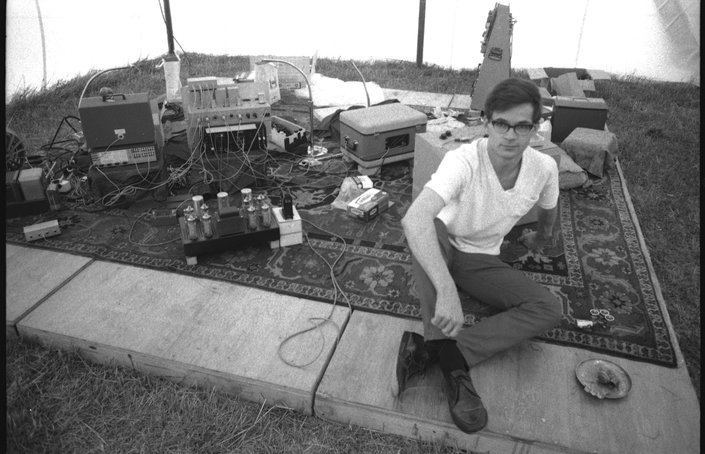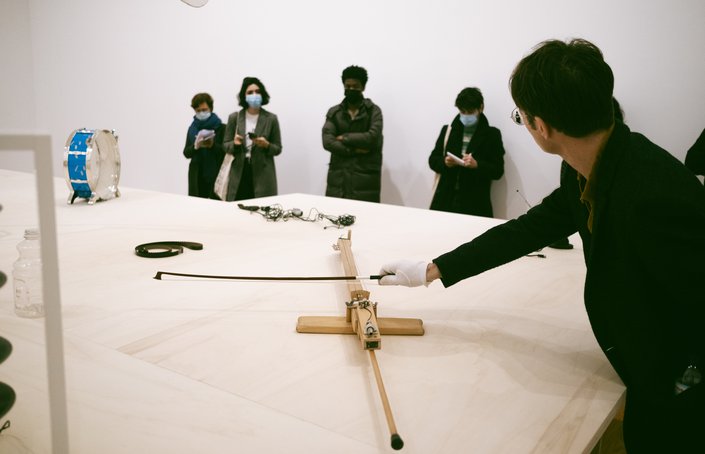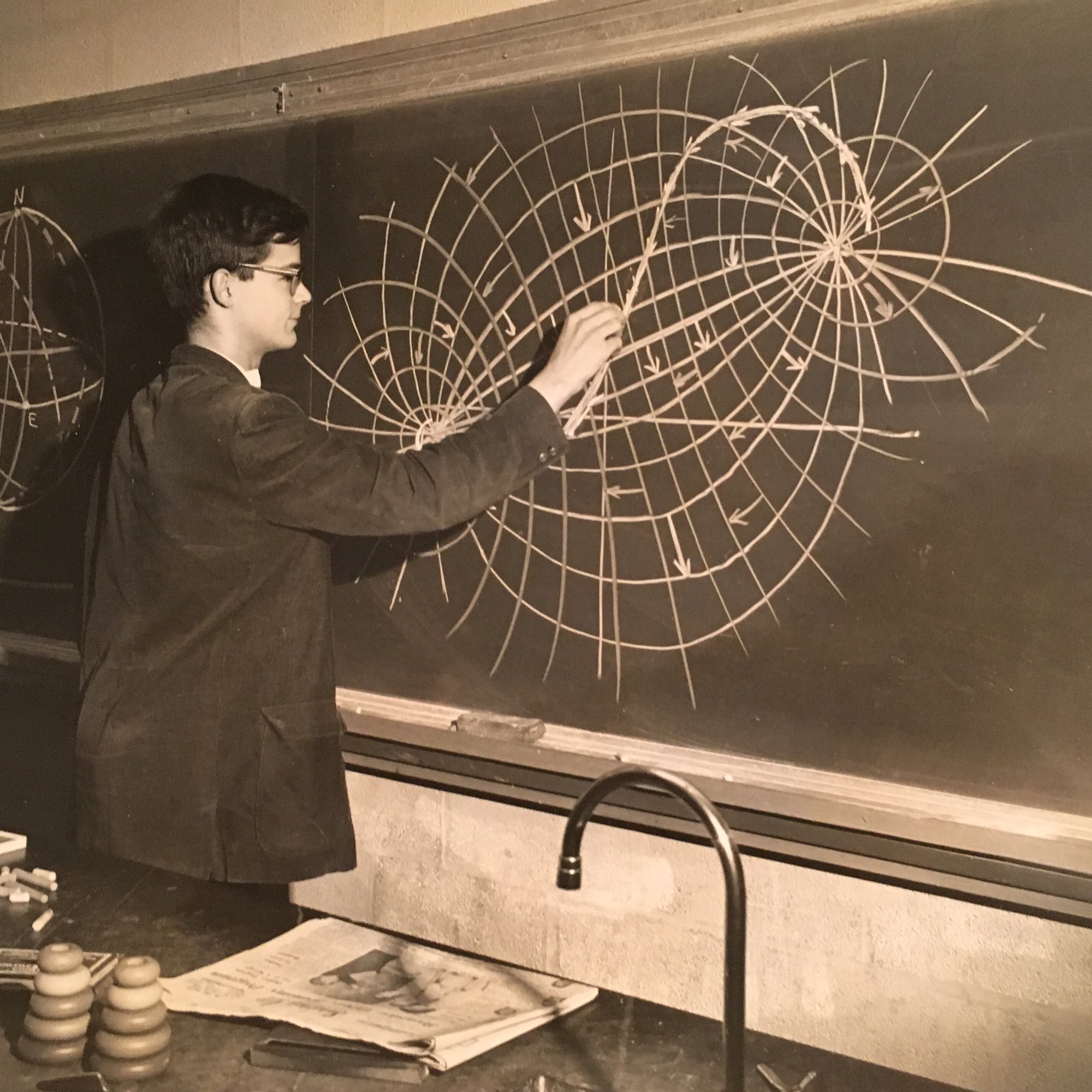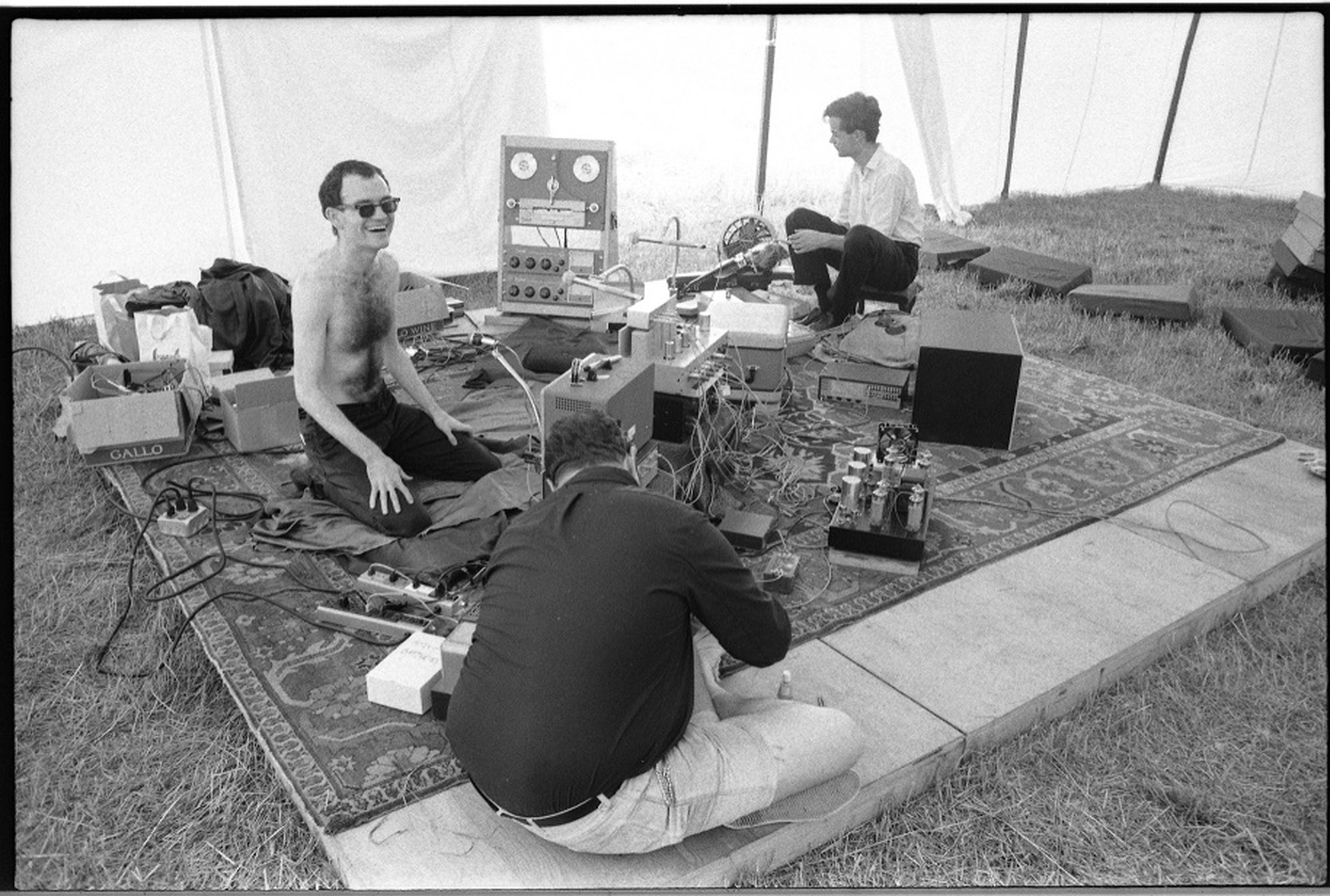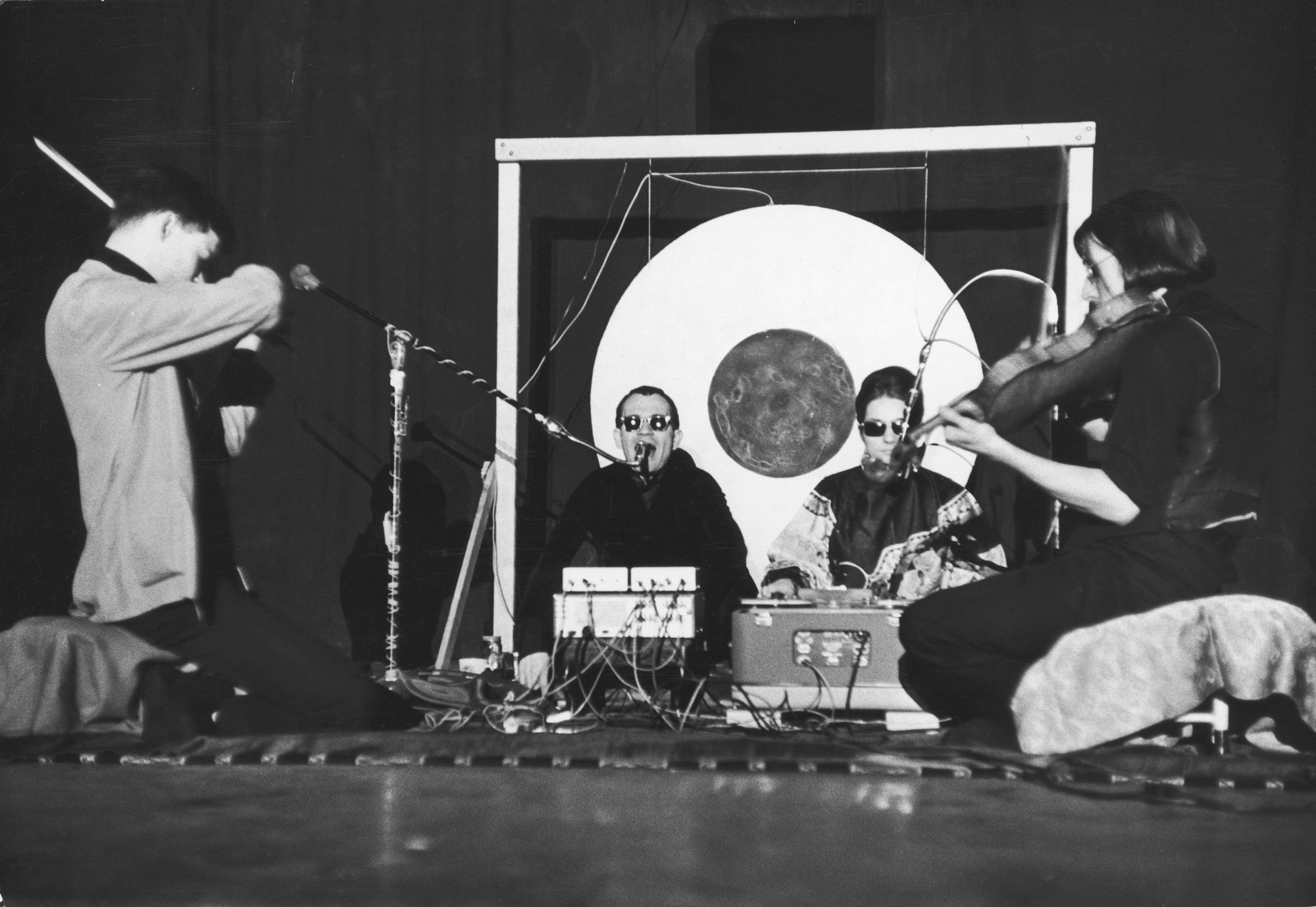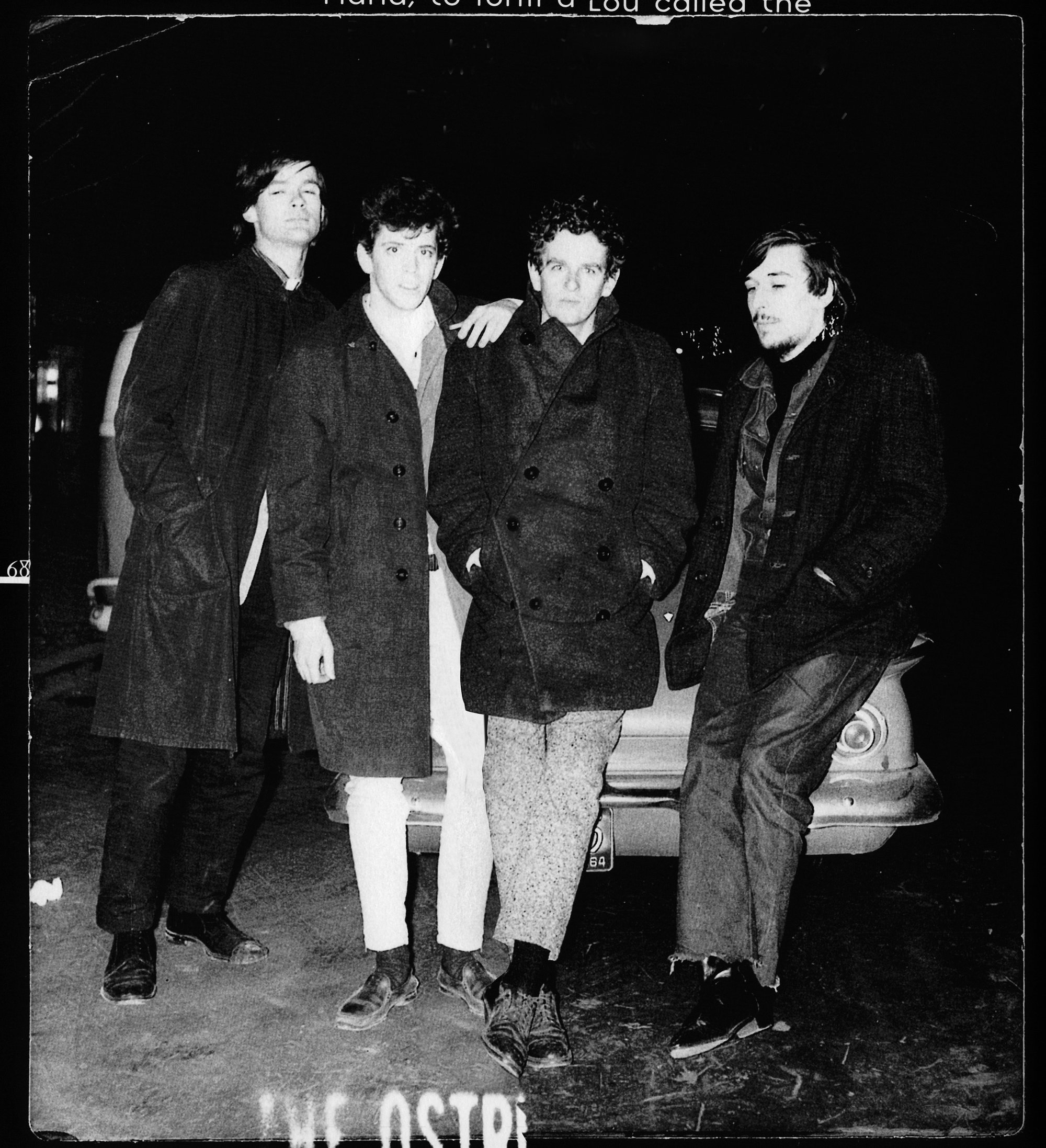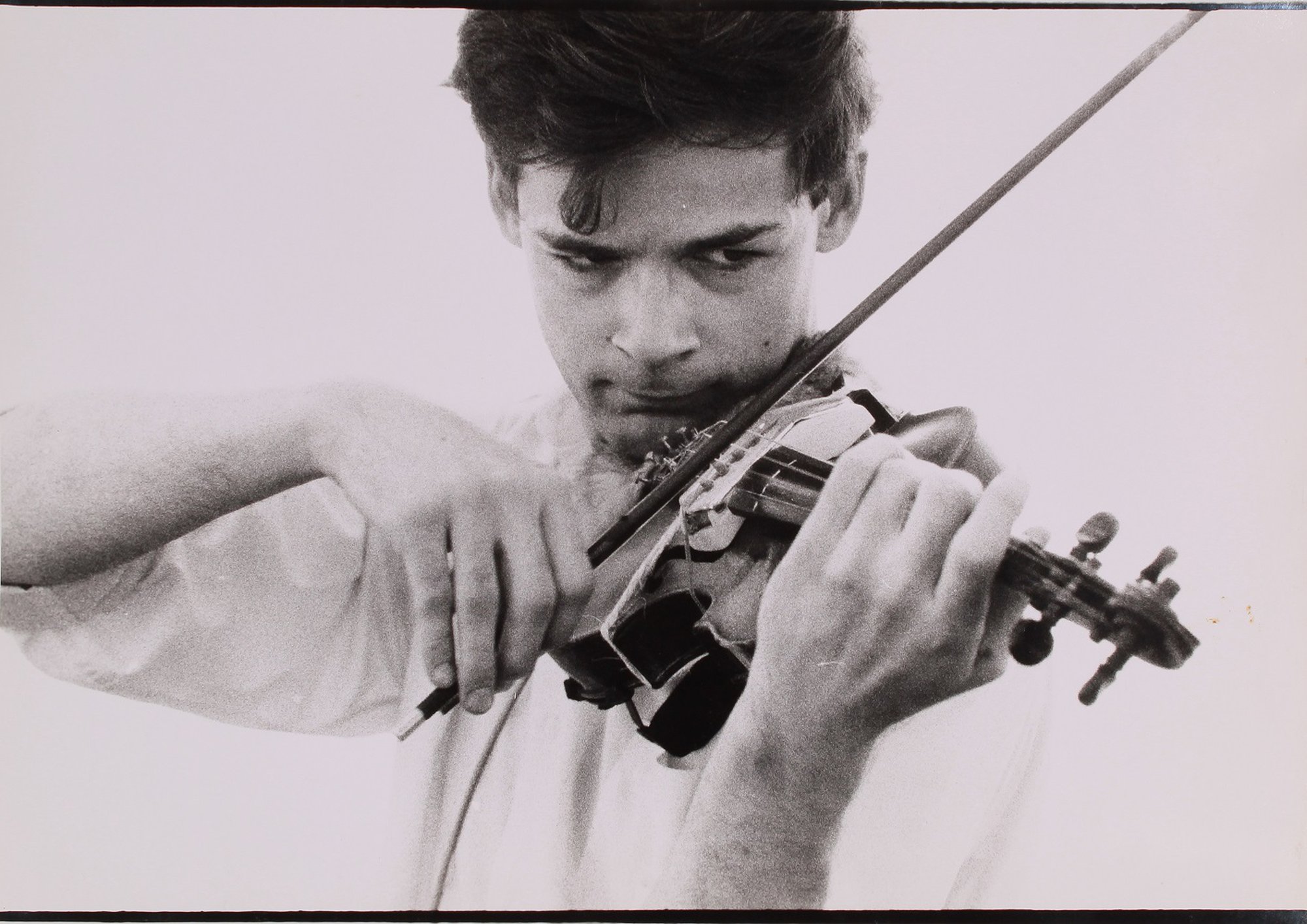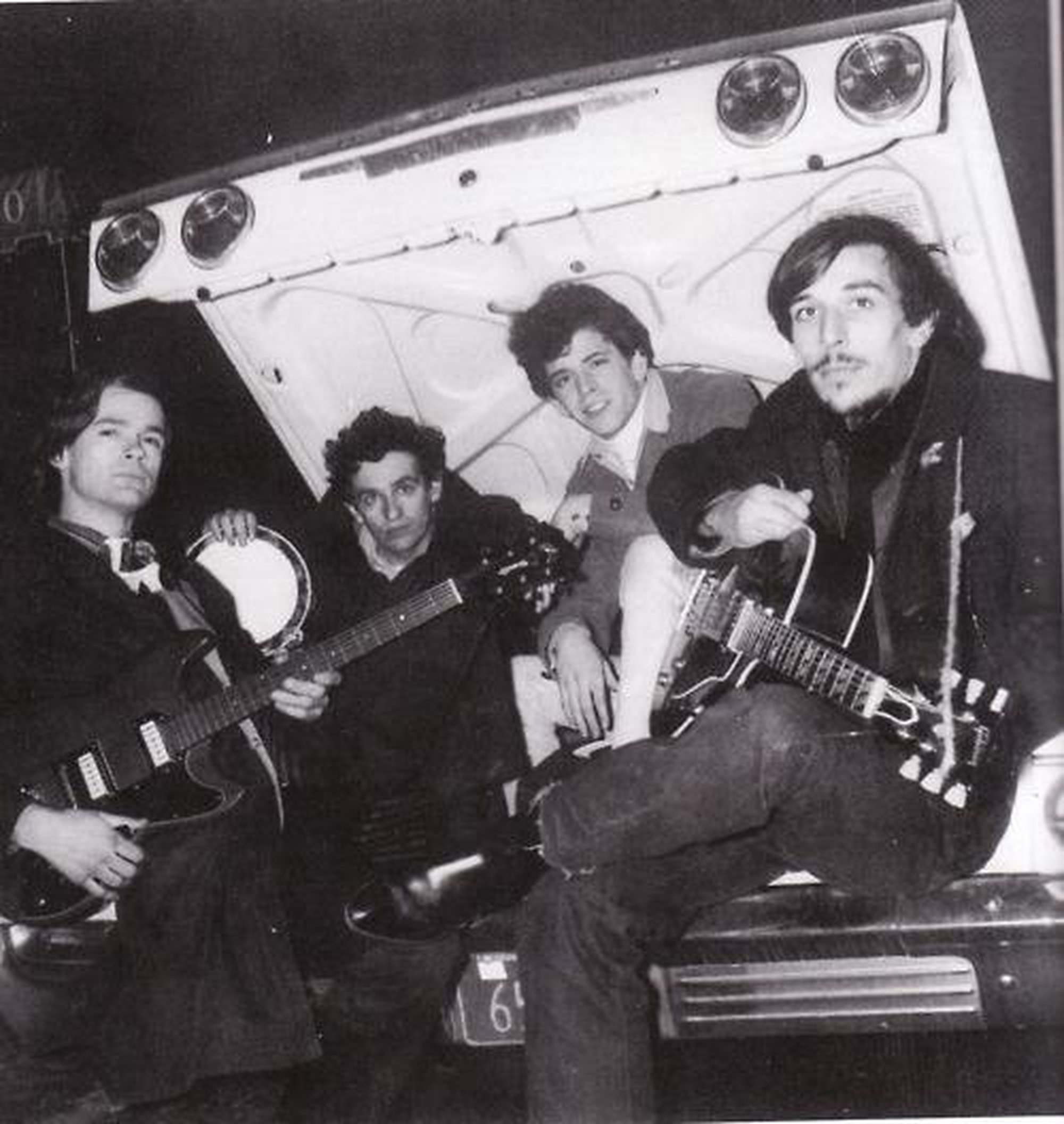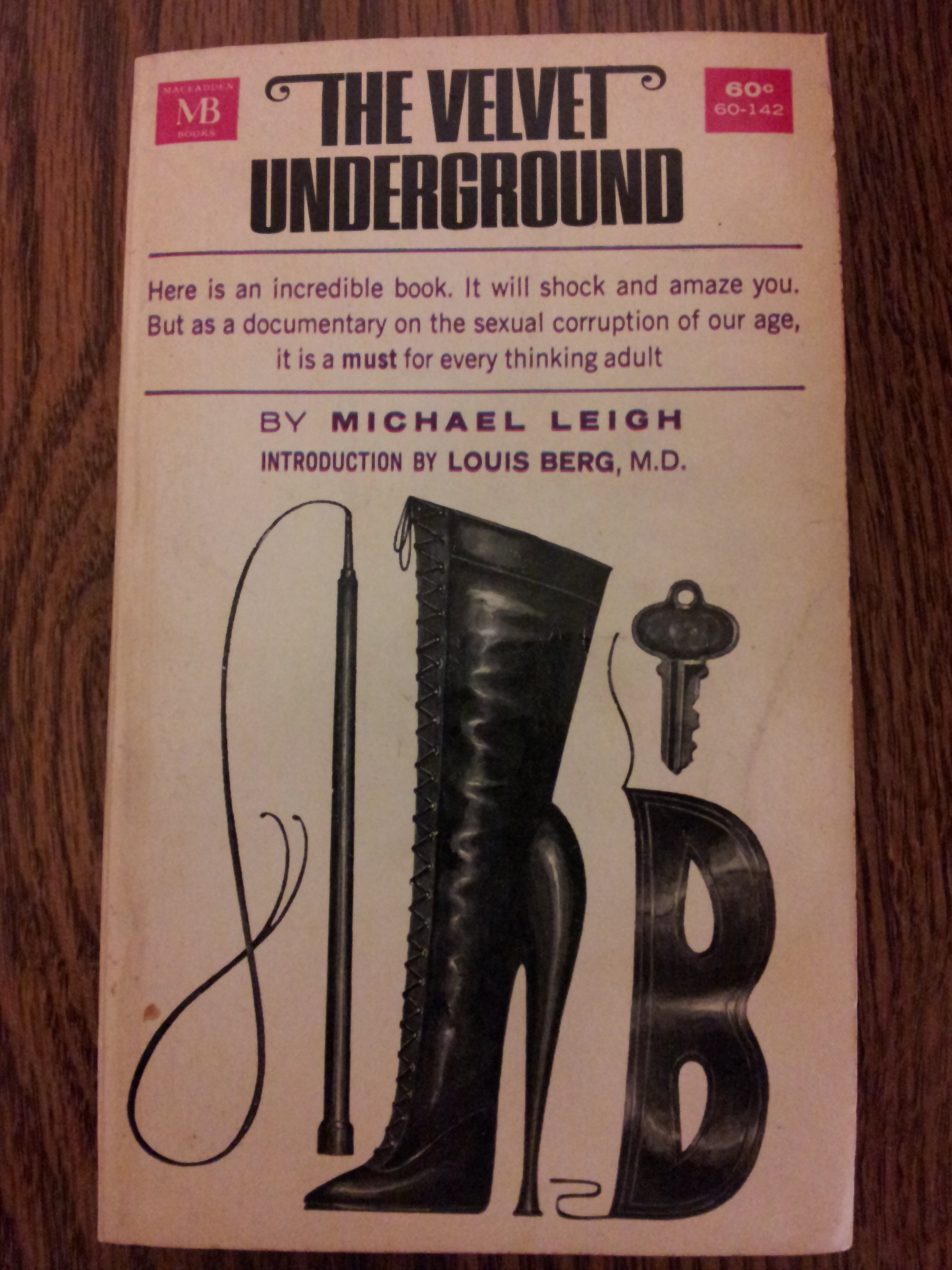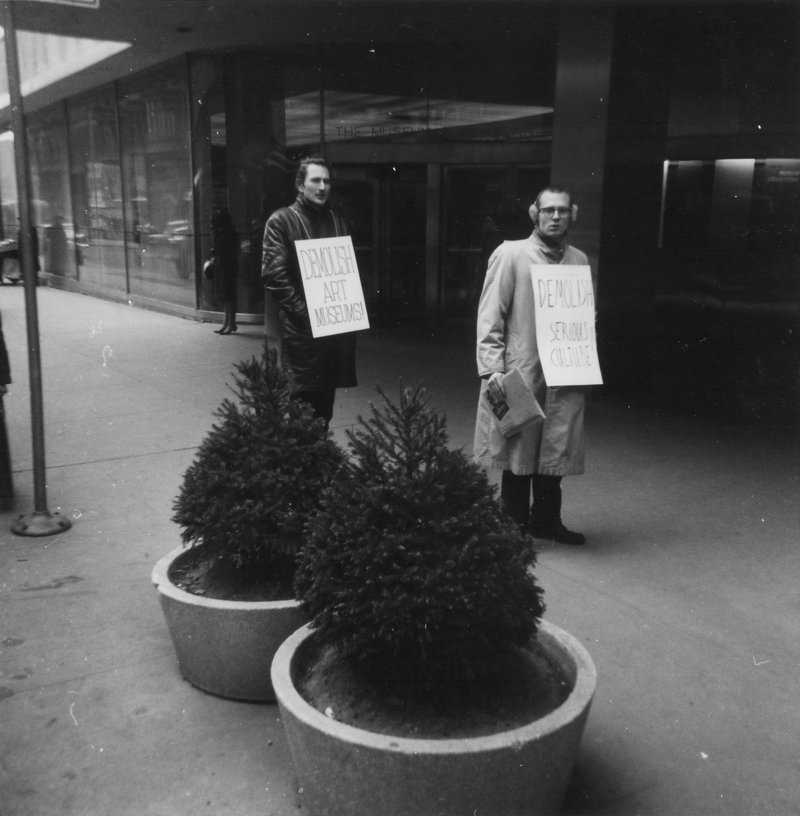“You don’t know who I am, but somehow, indirectly, you’ve been affected by things I did.”
Filmmaker, musician and iconoclast, Tony Conrad (1940–2016) was one of those rare figures who manages to be an outstanding figure of contemporary art and, at the same time, almost unknown to a greater audience.
Tony Conrad forged his own path as an unparalleled innovator in visual arts, film and video, tenaciously challenging the boundaries between artistic categories.
Throughout his career, this American artist, musician, and professor made discreet but essential contributions in a vast range of culture, from rock music to public television with influences that we can still see reflected today. Merging radical critic and a unique wit humor, his oeuvre is an idiosyncratic one that defies classifications.
From Sound to Film
Having made a deliberate choice to live apart from conventional art movements, Conrad made himself available to myriad fringe art scene. From music he moved on to experimental cinema. His film The Flicker (1966) contested both the medium of film and the passivity of the movie-goer, and drew instant adulation from devotees of structural film. The movie alternates black and white frames, producing fantastic optical effects for many viewers.
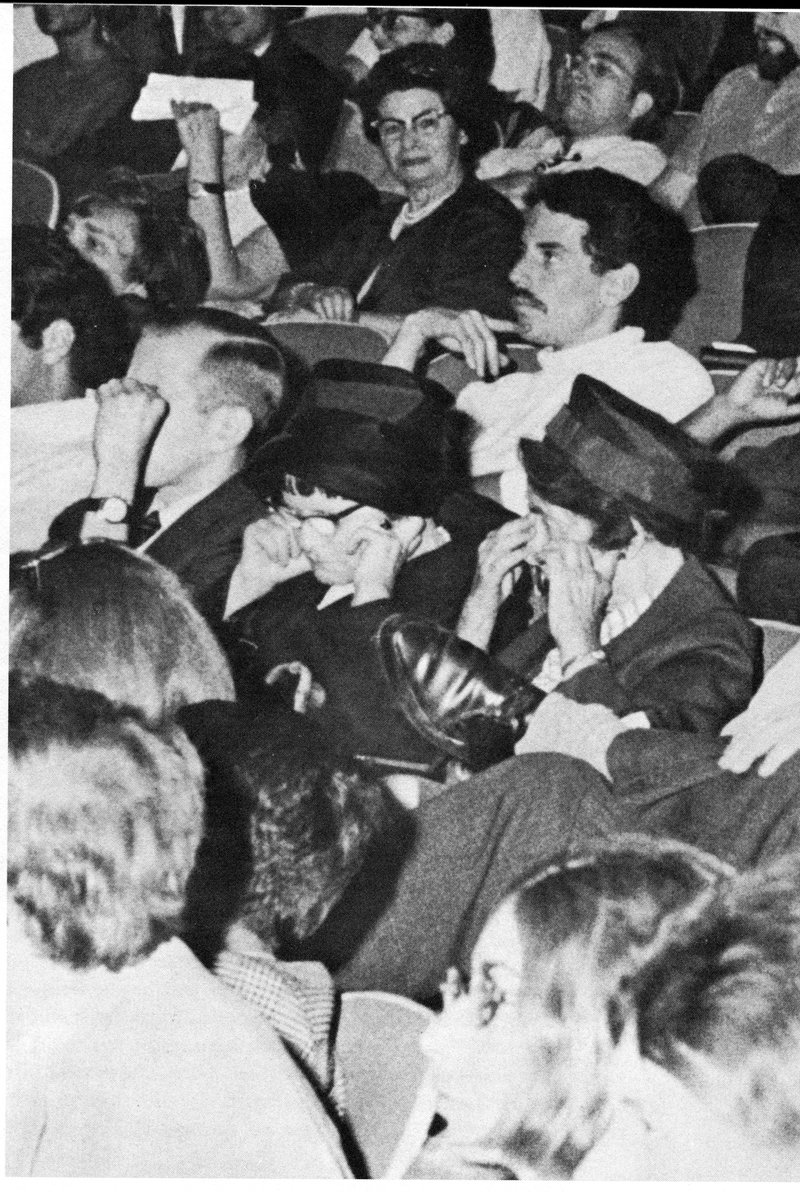
Conrad took his exploration of the medium of film, and filmic experimentation, to the next level by “cooking” virgin celluloid in a variety of ways: fried, roasted, marinated, or as sukiyaki. The results were viewed in preserving jars, rather than on screen (1973–1974).
Conrad’s parallel series of Yellow Movies (1972–1973) combined his film experiments and his obsession with extended length (explored a decade earlier in the realm of music). Flat expanses of cheap white gloss were painted on packaging paper the size of cinema screens, designed to yellow over time. The potentially never-ending Yellow Movies were a reaction to Warhol’s long film
Empire (1964, 485’). Conrad’s definition of the monochromes as “films” extended his critique of cinema to painting.
The late 1970s and early 1980s saw Conrad teaching in California, where he met and worked with Mike Kelley and Tony Oursler. With them, he made two films and installations addressing issues of authority and surveillance, as part of a critique of the media and technology. His largest installation, Panopticon (1988), was made in the immediate of these projects.
CREDITS
EXHIBITION
EXHIBITION CURATOR
Balthazar Lovay
HEAD OF VISUAL ARTS PROGRAM
Bruno Marchand
PRODUCTION DIRECTOR
Mário Valente
PRODUCTION
Sílvia Gomes
Fernando Teixeira
TRAINEE
João Reis
ASSEMBLY
Fabrício Soares
Justin Amrhein
Michael Bennett
Pedro Palma
Xavier Ovídeo
CONSERVATION
Maria Manuel Conceição
Maria Marrinhas
Isabel Zarazúa
ACKNOWLEDGEMENTS
The Estate of Tony Conrad
Greene Naftali Gallery
Galerie Buchholz
Pogo Teatro
Bruno Cecílio
MEDIA PARTNER
Antena 3
Rádio Futura
The exhibition builds on a retrospective held at the Albright-Knox Art Gallery in Buffalo, New York (2018–2019), and is a collaboration with the MAMCO (Geneva) and the Kölnischer Kunstverein (Cologne).
MICROSITE
EDITION
Inês Bernardo
CONTENT REVIEW
Catarina Medina
IMAGES PROVIDED BY THE CURATOR
Balthazar Lovay
DESIGN AND WEBSITE
Studio Macedo Cannatà & Queo
